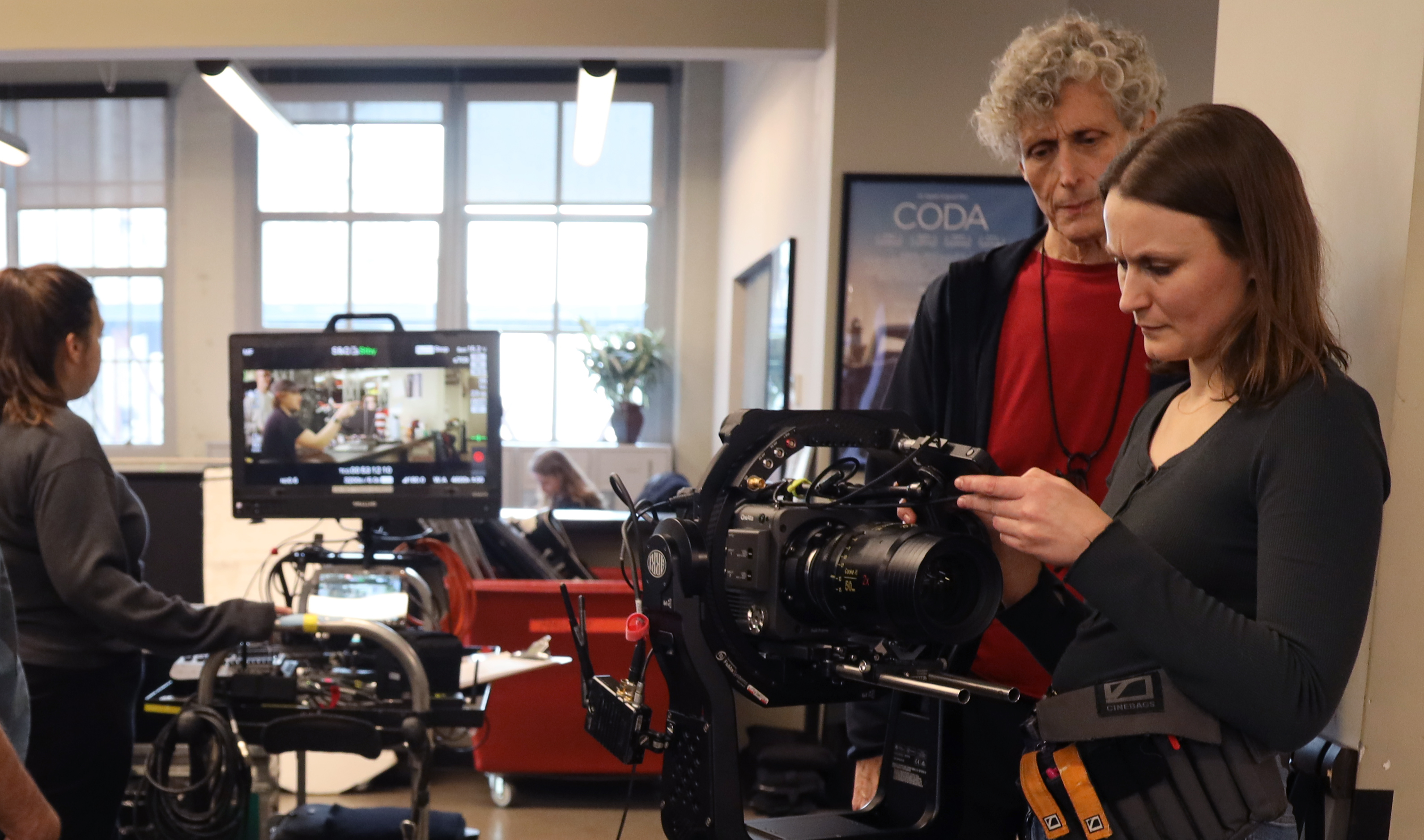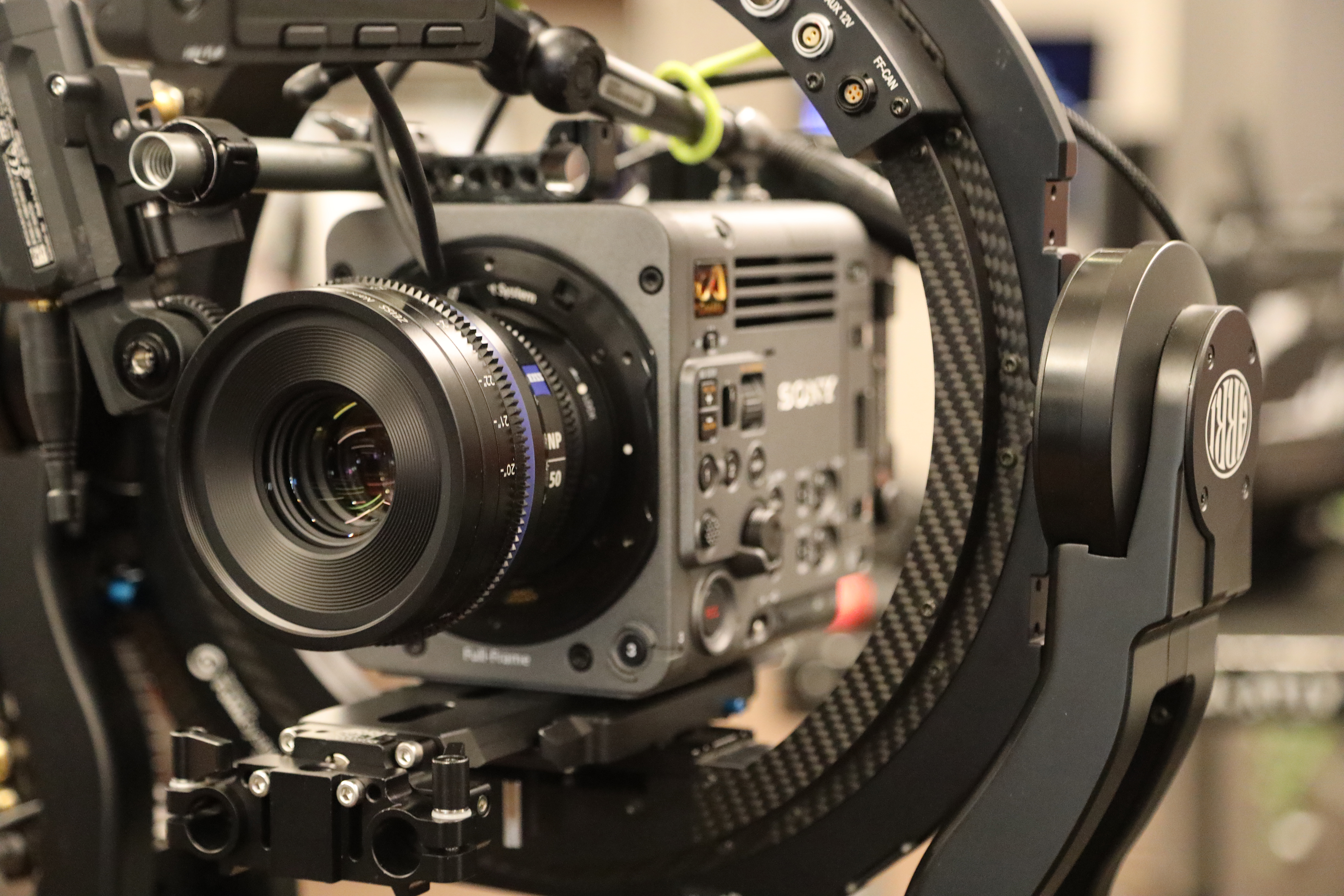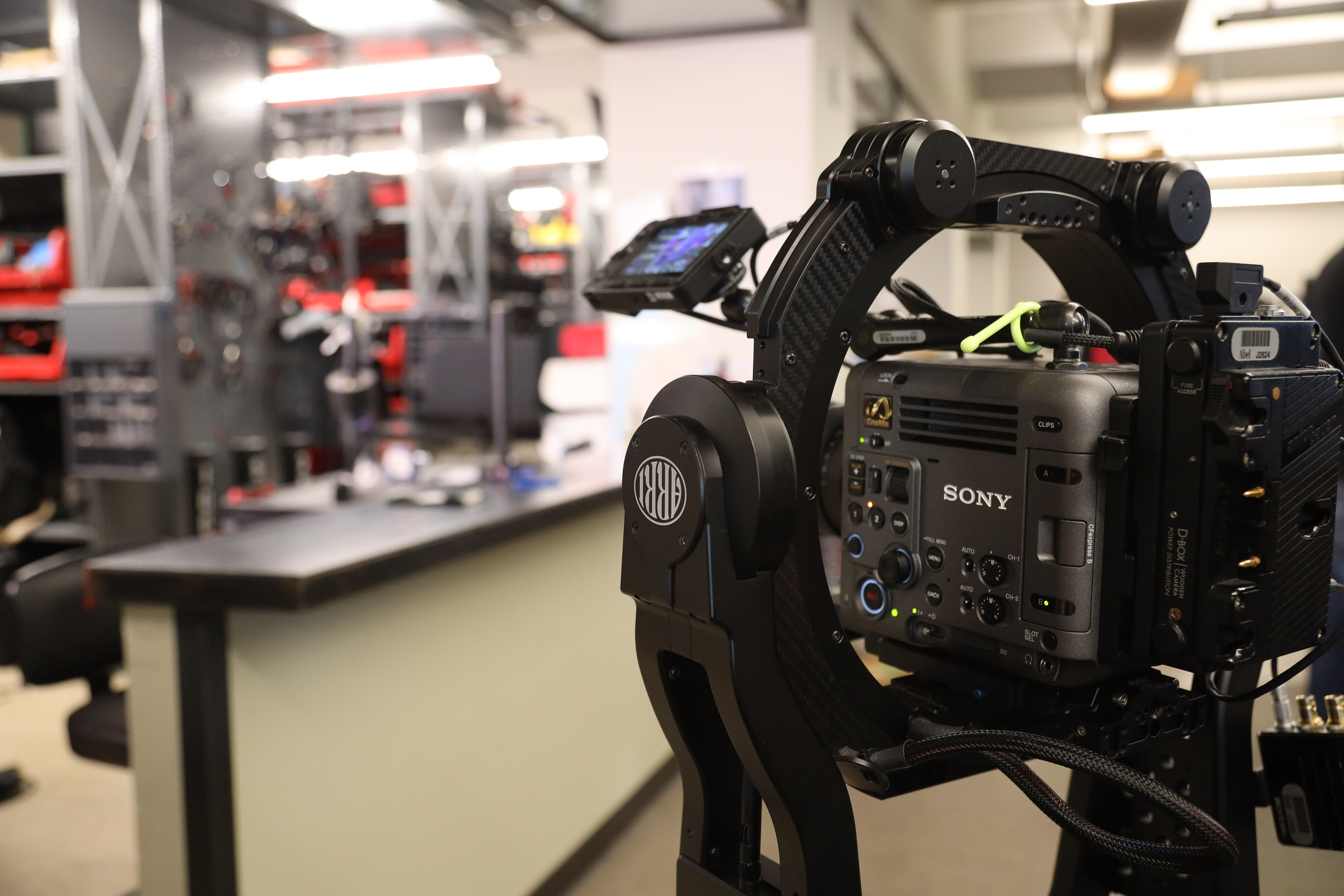Sony BURANO test footage by Bill Winters.
As an owner-operator what is your approach to testing a new camera like the Sony BURANO?
Bill Winters: As an owner/operator it is important to form a bond with your camera and know it intimately. You have to customize it to your liking and workflow. I need to know my camera inside and out as well as have all the accessories dialed in and working together. I spend hours with the camera in my downtime getting to know it, because once I get on set, I want the camera to “disappear.” When I am on set, I need to focus on working with the director, the lighting, blocking, capturing a vérité moment that can only happen one time. I don’t want to think about the mechanics of the camera at all. I need to capture what is in front of me without the camera or any equipment getting in my way. It needs to work with me seamlessly and capture what I am seeing in my head.
I wanted to test the BURANO all on my own as a single owner/operator and see how it (and I) held up. I wanted to shoot with it in some challenging lighting environments like sunrise, sunset, twilight, shooting directly into bright sun, shooting in low light with the high base 3200 ISO, testing all the sensor modes, resolutions, and frame rates. I also wanted to test it handheld in existing artificial lighting environments with G-Master lenses using the IBIS [In-Body Image Stabilization] and auto focus.
Rick Siegel: My self-imposed guidelines were to see how the sensor reproduced individuals sitting for moving camera portraits. The nuances within facial skin tones, hair color and lighting are essential “tells” for me to see how these textural elements appear when I evaluate camera visuals on the screen.
For my cinematic approach, I set out to create images of individuals, filmed in their customary work environs, that would also provide a comfortable way to have my on-camera talent feel at ease by doing what they do every day.
For this test shoot we organized camera, lighting, and crew for a two-day shoot in around the AbelCine’s Brooklyn facility and at one other offsite location nearby, the Standard Wormwood Distillery. Cheers to Sasha (our on-camera talent) for that incredible location.

Rick Siegel with the Sony BURANO at AbelCine.
Given your recent hands-on experience with the camera, what makes BURANO a compelling choice?
Bill Winters: The BURANO is a compelling choice because it is a hybrid of a cinema camera and a smaller documentary camera. It has key features that are outstanding in a documentary environment, such as in-camera image stabilization, internal variable ND, and light weight, while still capturing a filmic 8.6K image. It is also user friendly and customizable, so it is easy to integrate into your workflow. As an old timer, I never thought I would say this, but the auto focus with Sony G-Master lenses is incredible. At first, I resisted, but it is so good that it became a valuable tool for me. Many times, I would lock it onto a face and then not have to worry about focusing and could just concentrate on operating. The auto focus worked particularly well in interview situations as well as when subjects were walking straight to the camera.
Rick Siegel: My BURANO take-away: the sensor is handsome and provided a lovely rendition of each set-up we created. Take a look at the video clips we created; the proof is on the screen.
Which types of projects/applications do you anticipate being a good fit for BURANO?
Bill Winters: The BURANO is the perfect tool for a variety of projects. I would say its sweet spot is high-end documentaries. However, it can also play on smaller documentary and corporate shoots or be fully kitted out for a larger production like a commercial or narrative film. A single owner/operator can easily work with the BURANO, or you can put it on a dolly with a 12x zoom lens. I will be using it a lot on high-end documentaries, shooting interviews in full frame with auto focus and recording in X-OCN LT, while also having the option to switch to Super 35 mode and throwing on a lightweight zoom for vérité handheld work.
Are there any features or functionality you would like to see Sony or 3rd-party partners add in the near future?
Bill Winters: I would love to have false color and the EL zone system built in as well as the ability to have surround view on the SDI output instead of the overlays. I would also like the ability to switch from 8.6K full frame to other modes like Super 35 via a programmable user button without having to go into the menu. Currently you can switch modes from, say, 6K Full Frame to 5.8K Super 35 with a user button, but not from 8.6K full frame to a lower resolution mode. An extension cable for the EVF would be great to have as well.
How does the Sony BURANO compare to other cinema cameras you have used?
Bill Winters: BURANO has some benefits that I appreciate. First is the internal image stabilization. Second is the variable ND, third is the auto focus, and fourth is its lighter weight. All these features make the BURANO the most capable cinema camera for handheld work in my opinion.

The Sony BURANO paired with a ZEISS Nano Prime lens.
What optics are you most excited to pair with this camera?
Bill Winters: I am really excited about trying out some of my all-time favorite PL mount lenses with the internal image stabilization on the BURANO. I never imagined being able to go handheld with a Cooke S4, ZEISS Super Speed, Angénieux Optimo lightweight zoom, or vintage lenses with a cinema camera while having image stabilization. That is really amazing.
I am also excited to try out some of the new budget friendly 1.5x anamorphic lenses. I haven’t worked with them much, and I have seen some great results, so I am very excited about trying them. I am also anxious to try the new ZEISS Nano Primes and Cooke SP3’s. I love that you can get them in Sony E mount. These small lightweight lenses will pair perfectly with the BURANO because once you put a big heavy lens on the BURANO you are no longer taking advantage of the BURANO’s lighter weight.
Rick Siegel: For this test, my secondary goal was to see how lenses from various manufacturers looked on the BURANO. The basic premise: I wanted every lens to be the same focal length, all 50mm, this kept the lens view point the same, all while seeing what the “glass” and the BURANO would reveal. We employed a wide array of lenses choices (see below). The outcome: each set-up had its distinctive lens style that conveyed each portrait’s distinctive personality.
Test lenses (by location):
- Cooke Anamorphic – Standard Wormwood Distillery
- Sony G Master – Rental Department
- Canon “Dream Lens” – Service Department
- ZEISS Nano Prime – Integration Department
- Cooke SP3 – VU1 Volume / Rental Department composite
What types of filmmakers would you recommend the BURANO to?
Bill Winters: The BURANO is great for a variety of filmmakers, but I believe it is best for documentary filmmakers who also work in commercials and narrative. The BURANO is right at home on a documentary in the hands of a single owner/operator, but it can also play in the commercial and narrative world especially if you don’t have the budget for a full cinema camera like the VENICE. The S-Log3/S-Gamut3 and 16-bit X-OCN LT are suitable for many commercials and narrative productions. And if you do have the budget for a VENICE, then the BURANO is the perfect B-Camera for a 2nd angle, 2nd unit, or handheld work.
Does the camera provide any particular advantages regarding post-production?
Bill Winters: The BURANO has many advantages in post production. The ability to shoot in S-Log3/S-Gamut3 allows it to cut together beautifully with other Sony cameras. The 16-bit X-OCN LT allows it to play nice when intercut with a VENICE/VENICE 2 shooting in X-OCN LT/ST/XT. If you are on a smaller production and don’t need the 16-bit X-OCN, then it also has the ability to record in XAVC making it very easy to cut with other Sony cameras like the FX9.

The Sony BURANO prepped for shooting in AbelCine NY rental bays.
What advice would you give to anyone eager to shoot with the BURANO?
Bill Winters: I would advise anyone eager to shoot with the BURANO to explore it a bit before going out on a shoot. Get used to the menus, buttons, and customize the user buttons to your liking. Get some lenses together that you are excited to try out and use with IBIS.
Rick Siegel: I have worked with most cameras available over the course of my Film and Video career. My experience with the BURANO was that with very a very short learning curve I took to using the BURANO quickly. The camera's operation and menu are a cross between the FX9 and VENICE style of menus. Needless to say that with Mr. Chapman’s explainer videos, coupled with Sony’s various web-based simulator and support offerings, I was off to the races in no time.
Editor’s note: Responses have been lightly edited for clarity and length.














